The new year brings a new chance to get your marketing on point and, with such an exciting year ahead in the online world, it’s time to get ahead of the game.
We can expect a whole host of new trends to crop up over the next twelve months, from interactive content, to chatbots, augmented reality, and literally everything in between.
So, are you ready to dive in?
The Top Marketing Trends in 2018
1. Interactive Content
Consumers are more active than ever in their pursuit to make deeper connections with the brands they buy from.
This is reflected in the type of content they consume, too.
Allowing your audience to interact with your content keeps them engaged and builds a two-way dialogue that customers want.
Do it Yourself With Interactive Content
Ceros allows brands to create interactive infographics to share information and build engagement. In the 2015 offseason, the Dallas Cowboys’ began hunting for a platform that allowed them to product dynamic, interactive experiences for their die-hard fans to keep them engaged.
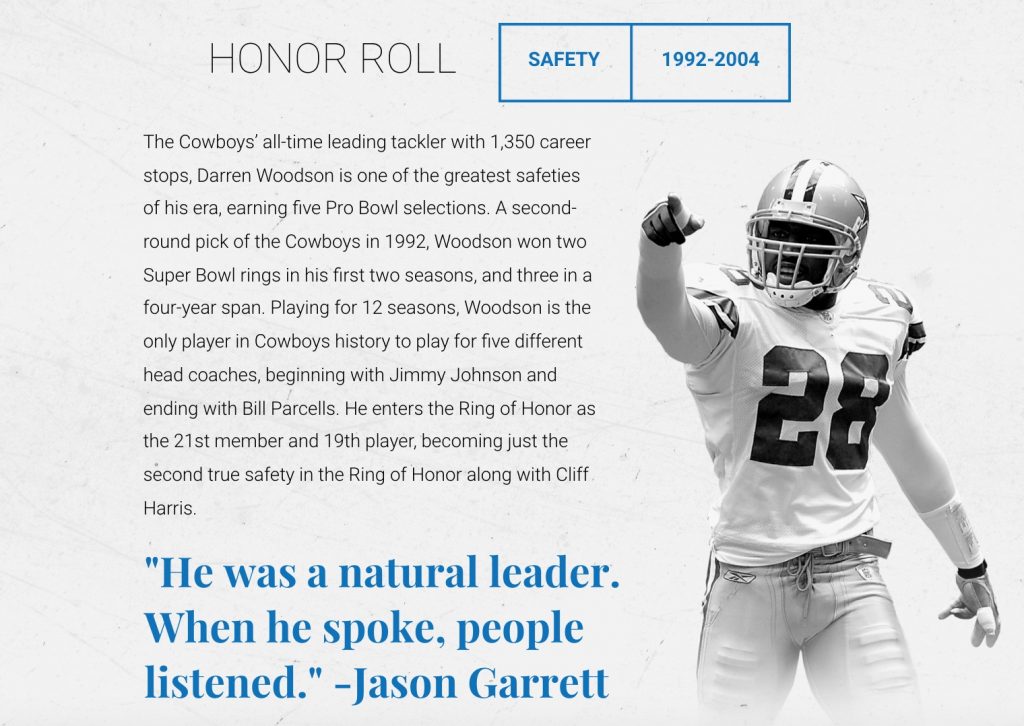
“We wanted to empower our designers and content creators to create longform interactive experiences, without having to hire additional people to make it happen. Ceros allowed us to do that,” says Derek Eagleton, the Senior Director of Media and Programming.
The brand created a series of interactive biographies to go alongside their televised broadcasts and, while they didn’t set any solid goals with the campaign, the overall feedback was very positive.
2. Chatbots
Ever been on a website and a window in the corner has popped up asking if you need any help?
That’s a prime example of a chatbot in action, but these automated “support” systems can be implemented everywhere from onsite to social media, like in Facebook Messenger.
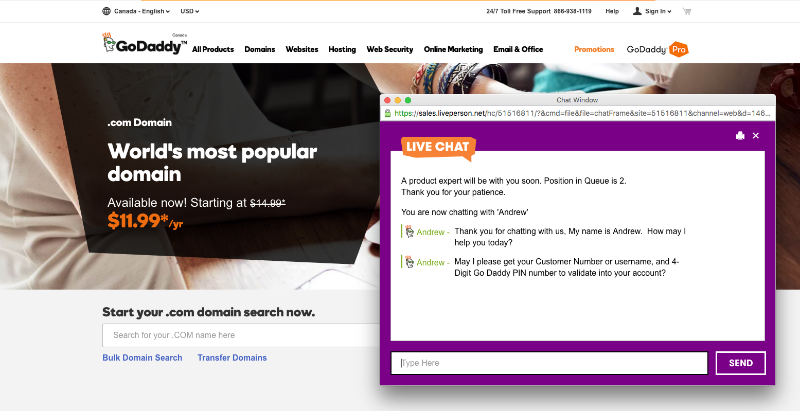
By 2020, it’s predicted that more than 80% of businesses will have some sort of chatbot automation implemented, so start now to get ahead of the game.
Do it Yourself With Chatbots
ChattyPeople is arguably the best-known chatbot platform. Marketers can easily set up an AI chatbot without knowing a word of code. It’s simple and a go-to solution for entrepreneurs and marketers in mid-sized businesses, though it’s scalable to an enterprise level, too.
3. Mobile Video
As more and more consumers spend the majority of their time online on their mobile phone, there has been a huge upsurge in the number of hours spent watching videos from handheld devices – makes sense, really.
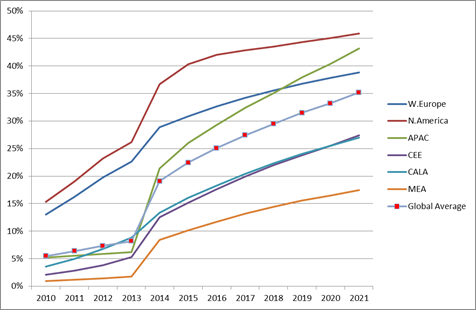
Revenue from mobile video has soared in the past few years, and will continue to grow in a steep upward trajectory throughout 2018 and beyond.
If you look at any Facebook newsfeed today, chances are that the vast majority of it will be crammed full of video. There’s no doubt about it – we are knee-deep in the age of mobile video, and it’s time to get involved if you’re not already.
Do it Yourself With Mobile Video
Simply search for “mobile video tool” in Google and you’ll be inundated with apps and platforms that help you put together Hollywood-ready videos (well, almost).
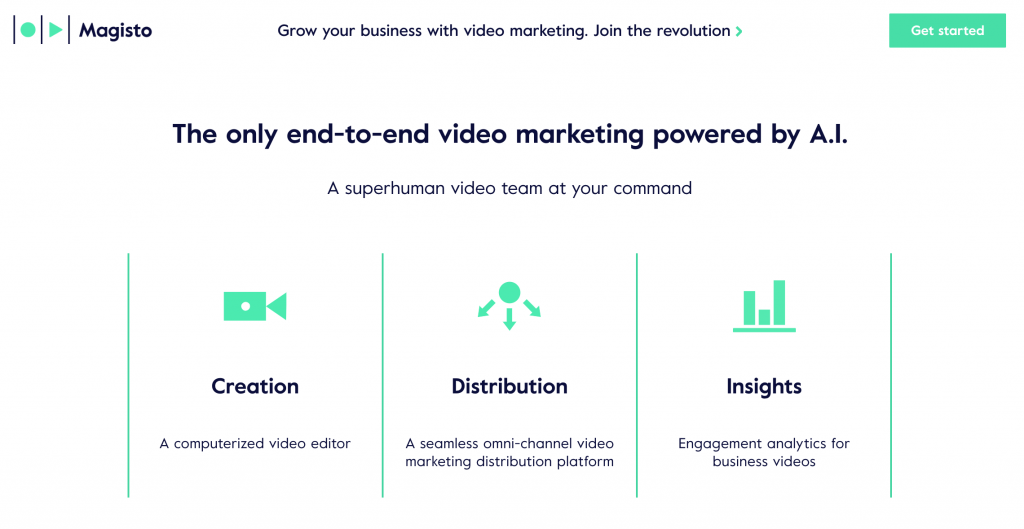
Magisto is a fully-automated video editing app that lets you turn photos and videos into short movies, complete with effects and a soundtrack.
4. Marketing Automation
One of the biggest struggles marketers face is finding the time to get everything done. With so many new techniques popping up by the day, it’s no wonder there’s a mad scramble to try and get on top of things.
Cue marketing automation.
With the tools available today, it’s easier than ever to automate most of the marketing process, from email marketing to content creation and everything in between.
Do it Yourself With Marketing Automation
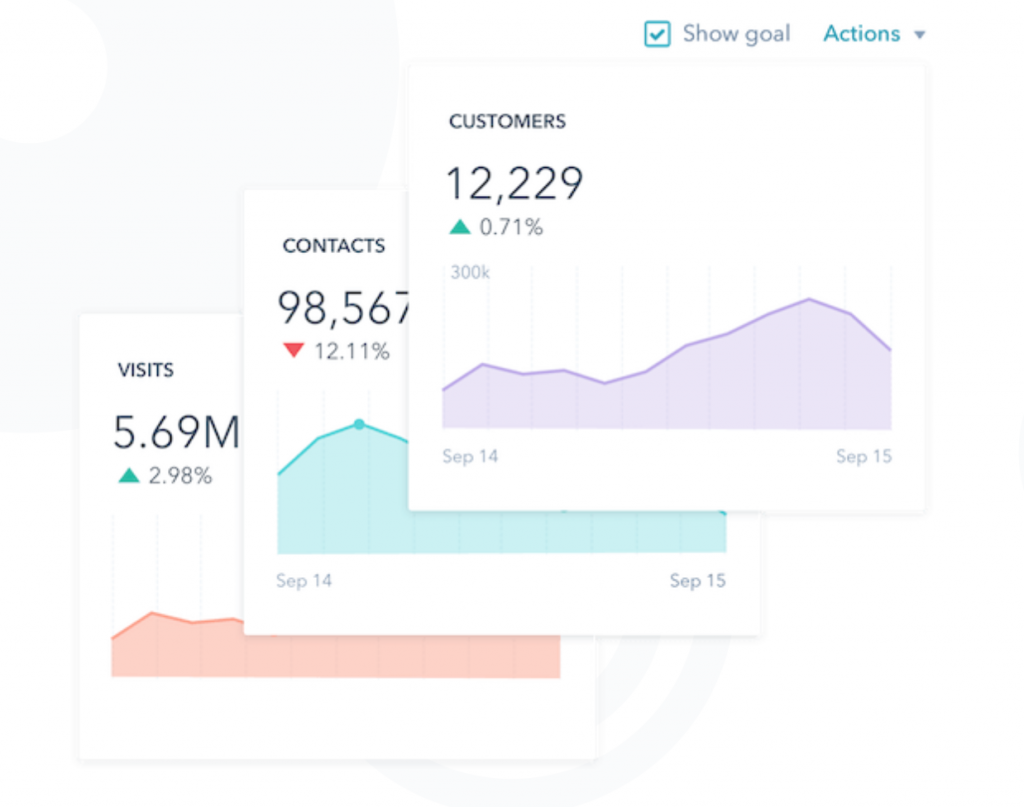
There are several apps on the marketing that allow you to streamline and automate different parts of your marketing strategy. Tools like Marketo and Hubspot have capabilities that let you create more content quickly, automate email sequences, and quickly track and measure insights.
5. Livestreaming
In a bid to better connect with brands, consumers are craving a more personal relationship with real life humans, which is why livestreaming is set to be a big trend in 2018.
Livestreaming gives you the chance to share information and have a conversation with your audience in real time, building rapport and generating a sense of trust and loyalty.
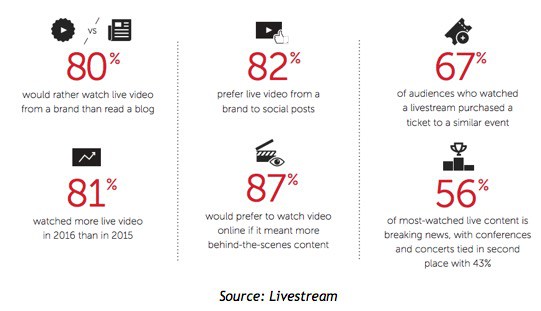
Do it Yourself With Livestreaming
Most social media platforms have the ability to take you Live today. Facebook Live, Instagram, and Snapchat all let you communicate in-the-moment with your audience.
6. Consumer Generated Marketing
Word-of-mouth is still the most successful form of marketing, even in the digital age. But whereas it used to refer to recommendations from friends and family, it now constitutes reviews left by previous buyers and content created by customers.
According to research, 93% of consumers find UGC helpful when making a purchasing decision and, off the back of this, we can expect to see even more brands collecting and sharing content created by their customers to aid the process in 2018.
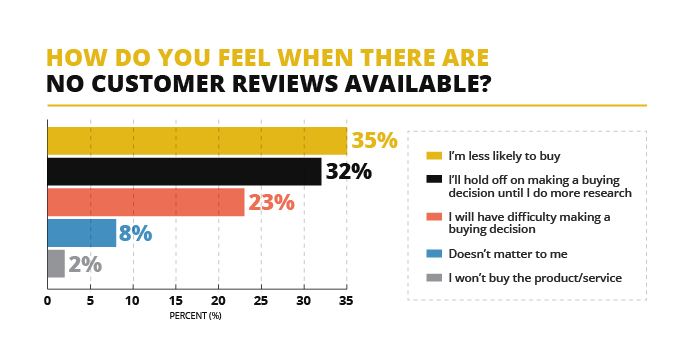
Do it Yourself With Customer Generated Content
TINT makes collecting and distributing customer created content easy and pain-free. It helps you find the most captivating content your audience have published and lets you leverage it on your website, in your emails, and via ads to build trust and engagement.
7. Influencer Marketing
A huge 71% of consumers are more likely to buy something based on a social media reference.
This is a prime example of the power of influencer marketing, where brands get top names in their industry to help shout about their products. The in-built audience of the influencer is already engaged, making the leap from cold to warm leads that much smaller.
Influencer marketing not only establishes credibility in your niche, but it builds trust and boosts your brand authority – it’s a win-win situation.
Do it Yourself With Influencer Marketing
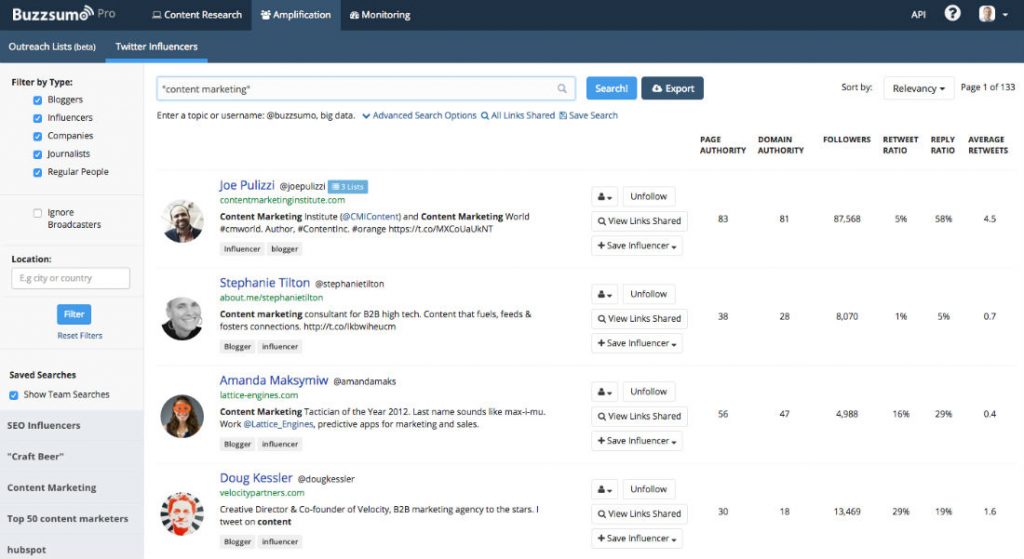
BuzzSumo is a great tool for influencer marketing.
It’s interface lets you identify top influencers in your niche based on engagement with their posts and other content. You can then get the social media information for them to reach out and make connections.
8. Short-Lived Content
So, if you didn’t know already, our attention spans have plummeted in the past few years. We’re now floating around eight seconds, which is actually shorter than your average goldfish.
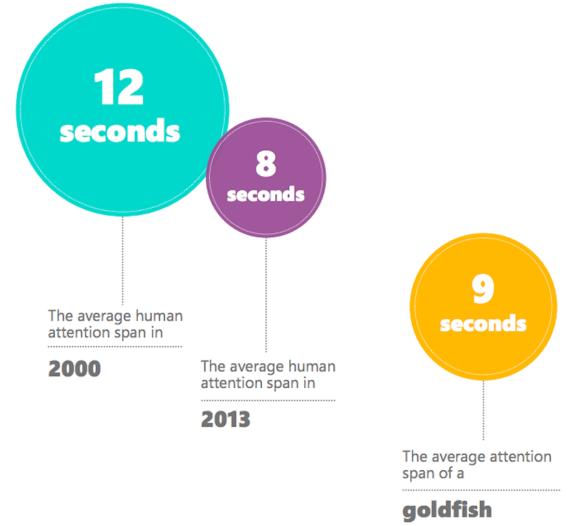
What does this mean for marketing?
It means that flashy, short-lived content is on the rise. Think apps like Snapchat, where ten second videos and photos disappear in a puff of smoke after a matter of seconds.
Disappearing content adds a sort of “magical” nature to it, and it feels exclusive to those who do get to see it.
Do it Yourself With Short-Lived Content
There’s no better place to start than with Snapchat. It’s the perfect platform for creating short-lived content and sending it out to your fans before it disappears into thin air. Give it a go to discover how it could work for you and your brand.
9. Mobile-First Strategy
Earlier, we spoke about mobile video, but now we want to focus on mobile marketing as a general tactic – more specifically, implementing mobile as the first port of call for your strategy.
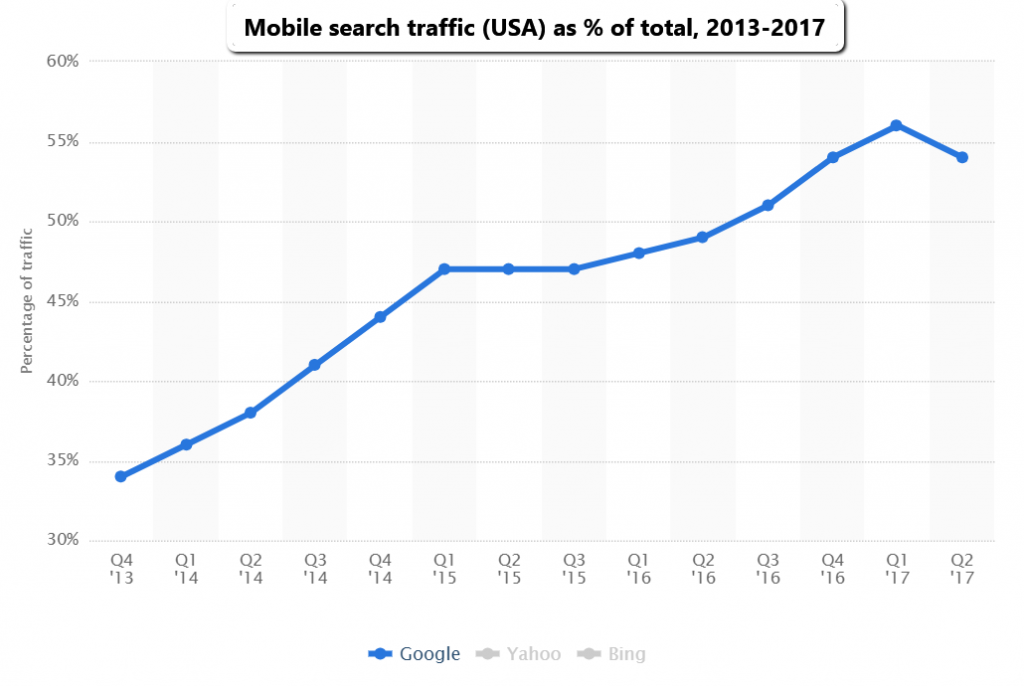
Source: Statista
It’s clear to see that the future is mobile.
Searches from handheld devices have skyrocketed in recent years and that’s not going to slow down anytime soon.
But putting together a mobile first strategy isn’t just about optimizing your content for small screens, it’s about ensuring your content is integrated with a user’s lifestyle while they’re on-the-go.
10. Virtual and Augmented Reality
Remember the Pokemon Go craze?
This was a prime example of augmented reality in action, where users could interact with their real surroundings with a layer of digitally composed extras on top.

But as well as being an engaging game, the app managed to drive business results, showing the power of augmented reality on handheld devices.
This trend gives marketers the opportunity to bring the online world into the real world to create deeper connections with their audiences.
Do it Yourself With Augmented Reality
ARKit is a brand new augmented reality framework from Apple which recognizes the surrounding environment and allows you to place objects within that setting.
It’s a good starting point if you’re looking to get into the whole augmented reality world next year.
11. Native Advertising
Consumers are savvier than ever, and they no longer listen to the polished campaigns of marketing departments that are simply looking to sell (the increased usage of adblockers reflects that).
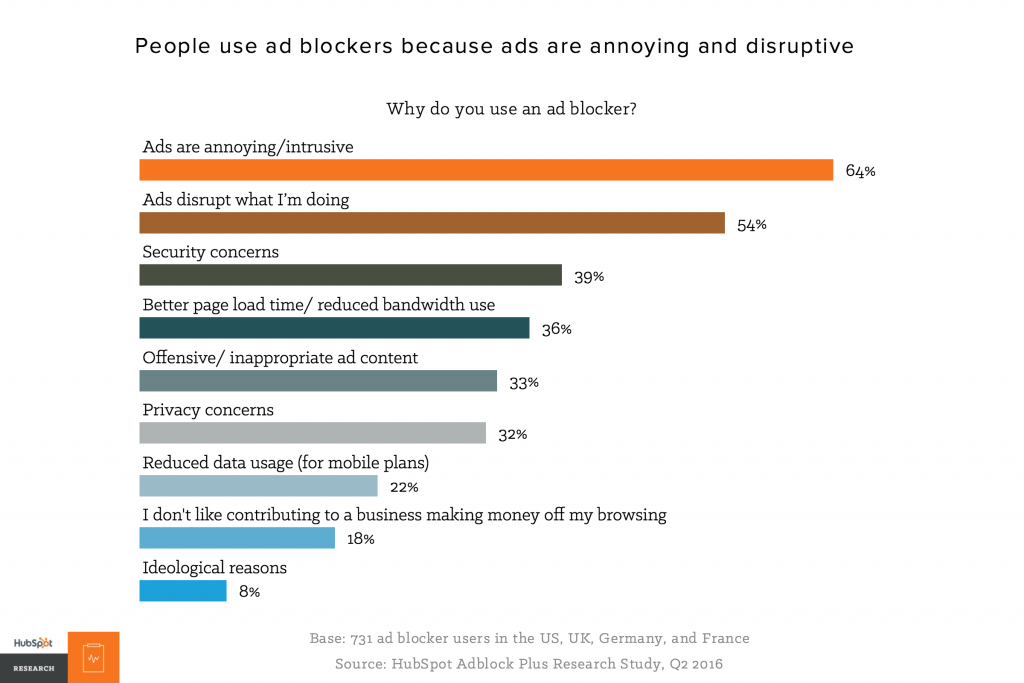
Instead, they want to read stories and have their attention captured by engaging content not written solely for the purpose of increasing sales. This is where native advertising comes in, allowing marketers to share their content in more natural-looking locations.
Do it Yourself With Native Advertising
Outbrain is one of the more well-known native advertising tools out there. It provides access to all the top native advertising publishers out there, giving brands the chance to connect with places where their content will form part of a bigger narrative.
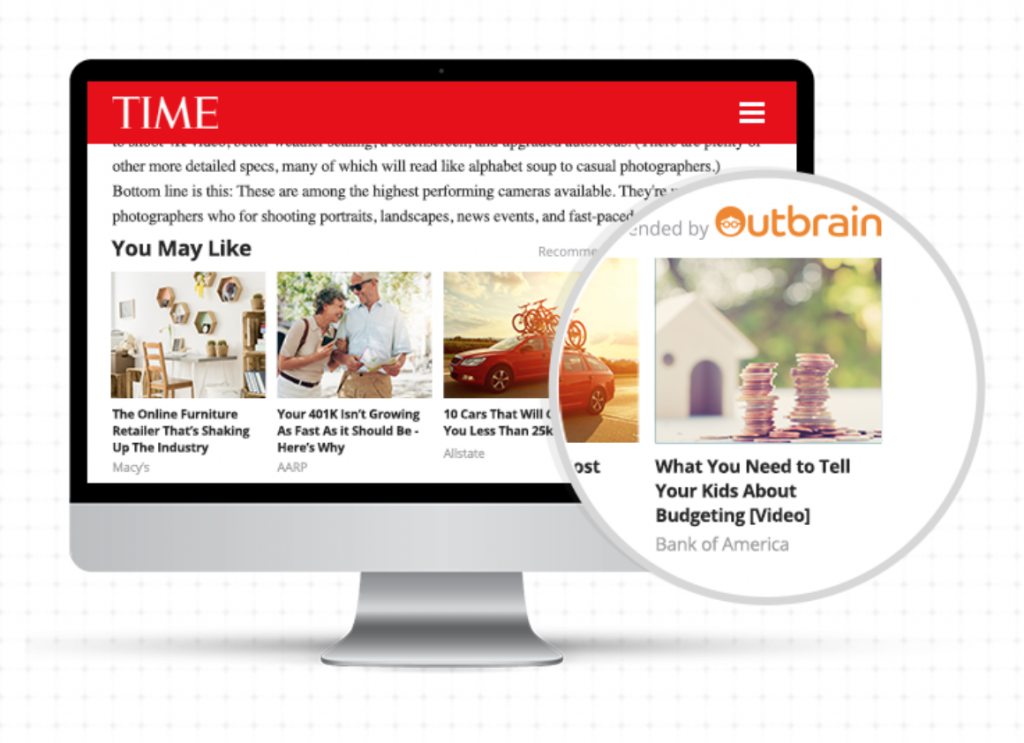
12. Purpose Driven Marketing
Staying on the theme of stories, purpose driven marketing is set to be big in 2018.
Consumers are more likely to buy from brands that share the same passions and beliefs as them, so by partnering up with charities and nonprofits that are close to their hearts, businesses can make deeper connections with their audience and create content that really resonates with them.
13. Data Driven Marketing
Data driven marketing simply refers to the idea of using insights to create a more compelling marketing strategy.
Data is the holy grail for marketers, as it tells them exactly what’s working and what’s not. Rather than winging it, you can dig into this information and serve up content and ads that really connect with your audience for more conversions and an increase in sales.
Do it Yourself With Data Driven Marketing
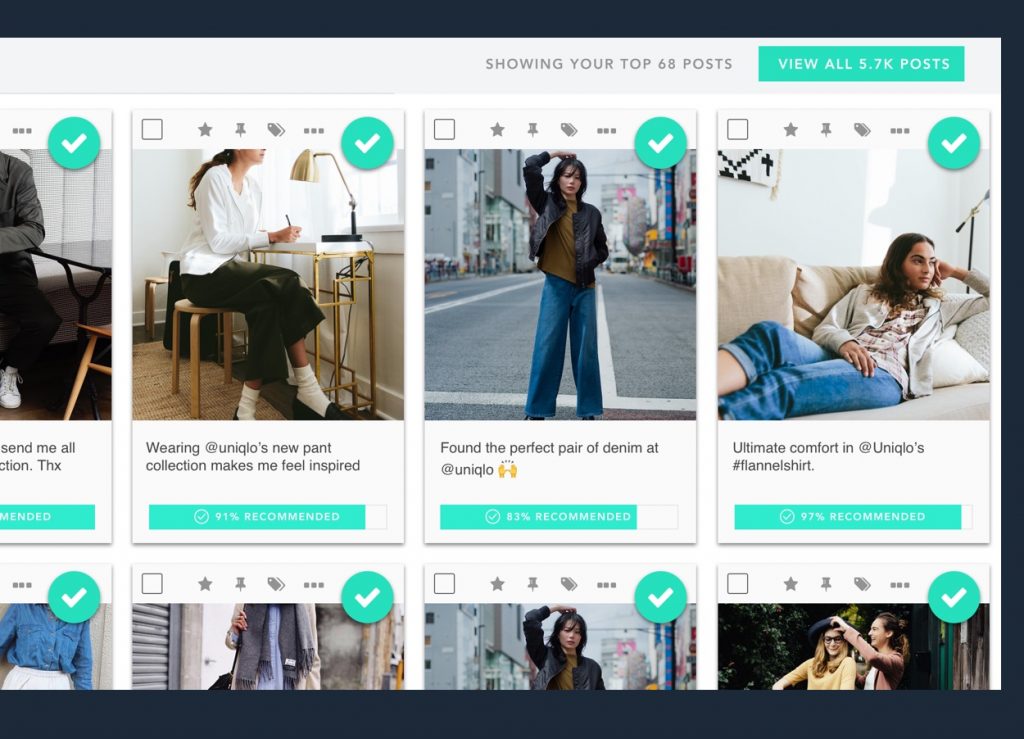
HUE uses machine learning techniques to manage millions of posts created by a brands users across every social media channel. It then uses deep learning to highlight the most compelling and engaging posts, and delivers more of that good stuff to consumers.
14. Dark Social
Dark social might sound like some underground movement, but it in fact refers to the frustration of not knowing where your traffic is coming from.
For many marketers, the most difficult part about tracking visits, conversions, and shares is not being able to uncover the sources. Today, there are more encrypted and private messaging apps than ever, which makes it harder than ever to really see what your users are sharing and who they’re sharing it with.
Do it Yourself With Dark Social
To get around this tricky conundrum, you can use tools like Google Analytics and GetSocial.io. Both tools can measure, to some extent, where this “dark” or hidden traffic is coming from.
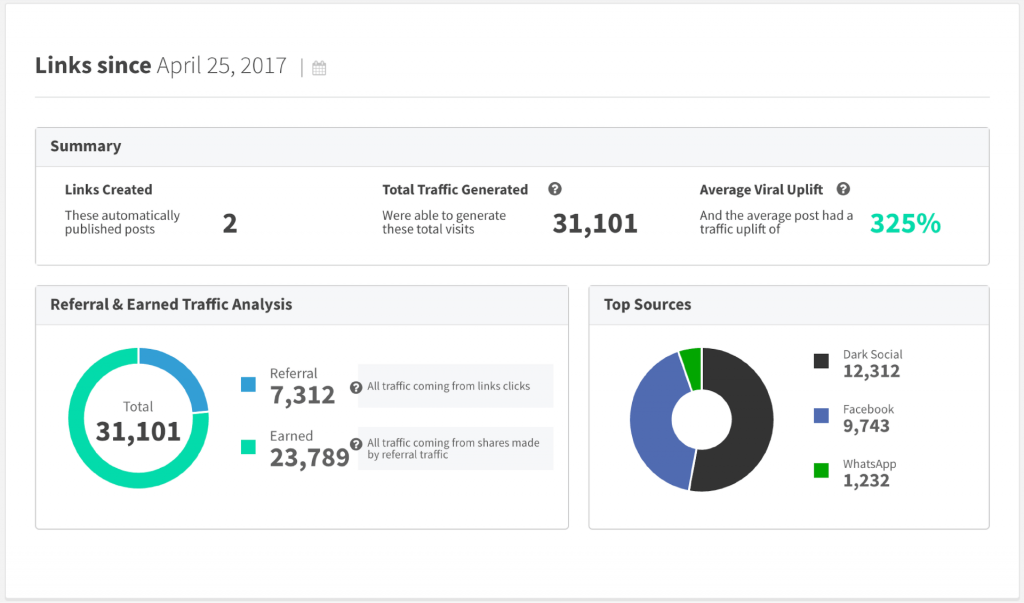
15. Social Media “Buy” Buttons
Your main aim is getting eyes on your brand and driving more sales, so making it as easy as possible for people to buy will make that process ten times smoother.
With most platforms able to connect seamlessly together these days, it’s no longer necessary for purchasing to happen via a third-party site.
If users are on social media and they getting a sudden urge to buy, why should they have to navigate away from what they’re doing to do that?
“Buy” buttons can now be added to social media sites like Facebook and Pinterest to turn social browsing into personalized shopping experiences, and we can expect to see a whole lot more of this in 2018.
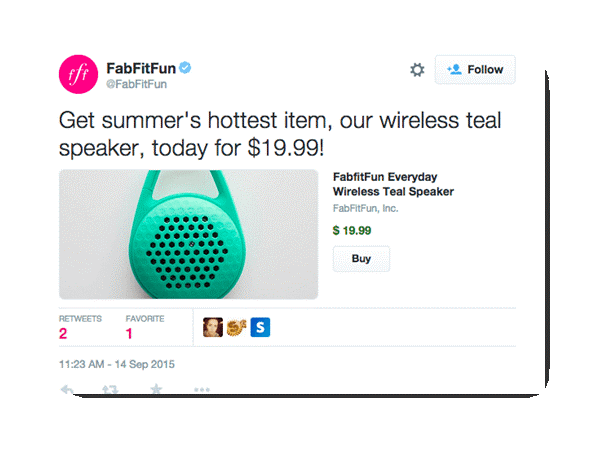
16. Beyond Viewability
For most marketers, the number of views is the most important metric – mostly because it’s easier to measure.
But in 2018, we’ll see a shift from leaning on views to leaning on the ROI of sign-ups, downloads, and purchases. This means marketers need to move beyond CPMs and start weaving in a more performance-based analysis of metrics instead.
2018 Will Bring Big Things For Marketers
As you can see, 2018 is full of new and unique marketing trends that make the most of the incredible technologies we now have at our fingertips.
Getting ahead of the game is vital if you want to stand out in increasingly saturated markets and stay head and shoulders above your competitors. All of the trends listed here put the customer first, and that should always be your number one priority.




